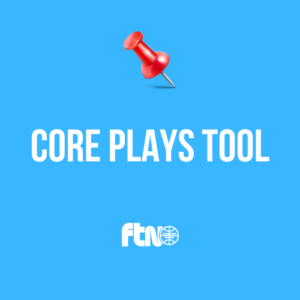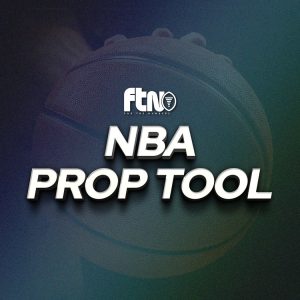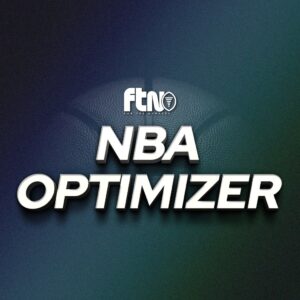
By now, fantasy baseball managers are undoubtedly starting to run out of patience with poor performers. Is it reasonable to drop underachievers at this time? Yes, but as with most fantasy baseball decisions, drop decisions are very contextual. Are the player’s underlying metrics poor or is he simply experiencing bad luck? Is his role and playing time intact or have they been impaired in some way? Are there comparable – or better – replacements available in FAAB? Managers will not get every hold/drop decision right – mistakes will be made – but if contemplating dropping a player that you liked and drafted, take the time to look under the hood and make sure that the drop makes sense.
Sometimes, players start the season cold and then heat up. Other times, they start cold and stay cold. Last season, a young infielder broke camp with his team following a mid-2023 promotion. As of April 20, he was one of the coldest hitters in the league (0 HR, 4 R, 6 RBI, 4 SB, .174 AVG, 31.6% K%). Other than a handful of stolen bases, there was little redeeming about his early performance. By the end of the season, however, Zach Neto was a major fantasy performer (23 HR, 70 R, 77 RBI, 30 SB, .249 AVG) and highly profitable for his managers. A premature drop of Neto would have been very painful the way he turned things around – something that not all struggling players will be able to accomplish. Case in point, a free agent catcher coming off a strong 2023 season (19 HR, 45 R, 50 RBI, .270 AVG) was struggling early last season. As of April 20, he had done virtually nothing for his new team (1 HR, 5 R, 4 RBI, .170 AVG). While he popped some home runs, Mitch Garver’s batting average stayed in the toilet (15 HR, 37 R, 51 RBI, .172 AVG), hurting any manager that stuck with him for the long haul.
The strong recommendation here is to evaluate a potential drop’s underlying fundamentals and try to figure out why he is underperforming expectations. Surface stats, by themselves, can be highly misleading as to a player’s true performance. On this date last year, three starting pitchers had similar, lousy ERAs:
| Pitcher | ERA as of April 20, 2024 |
| Pitcher A | 6.64 |
| Pitcher B | 5.61 |
| Pitcher C | 5.57 |
At first blush, it may appear that Pitchers B and C are performing comparably and better than Pitcher A. By diving just a little deeper, however, some differentiating features become readily apparent:
| Pitcher | K-BB% | WHIP | LOB% | xFIP | SIERA |
| Pitcher A | 19.1% | 1.33 | 51.6% | 3.90 | 3.81 |
| Pitcher B | 26.9% | 1.01 | 55.0% | 2.98 | 2.82 |
| Pitcher C | 4.4% | 1.52 | 72.0% | 4.99 | 5.31 |
By looking beyond ERA, Pitcher C (Cal Quantrill) no longer appears quite on the same level as Pitcher A (George Kirby) or Pitcher B (Garrett Crochet). Dropping either Kirby (14 W, 179 K, 3.53 ERA, 1.07 WHIP) or Crochet (6 W, 209 K, 3.58 ERA, 1.07 WHIP) last year based on early-season ERAs would have disastrous for managers. Thus, while it is perfectly acceptable to start dropping underperformers, make sure the rationale for doing so is sound and is not overinfluenced by poor surface stats over what still is a fairly small sample size. For instance, as of this morning, the starter with the worst ERA among all qualified pitchers (i.e., who have pitched at least one inning per team game played) is Aaron Nola (6.65). Third on the list is Chris Sale (6.17). Sixth and seventh are Tanner Bibee (5.85) and Zac Gallen (5.60), respectively. For managers rostering these players, their performance almost certainly will improve to at least some extent.
Some of the players that should at least be considered as potential drops this week are set forth below in the following two tables – the first includes hitters and the second includes pitchers. In addition to the player’s name, team and position, the tables include the player’s ownership percentage in the premier 15- and 12-team contests: the NFBC’s Main Event and Online Championship, respectively. Finally, the tables list my rankings as to how strongly – or not – I feel each particular player should be dropped in those 15-team and 12-team formats, respectively. The key to these rankings, from 0-4, is as follows:
- 0 = Do not drop
- 1 = Team context dependent; probably should not be dropped on most teams
- 2 = Team context dependent; compelling arguments to drop and not drop
- 3 = Team context dependent; probably should be dropped on most teams
- 4 = Drop
Lorem ipsum dolor sit amet, consectetur adipiscing elit, sed do eiusmod tempor incididunt ut labore et dolore magna aliqua. Ut enim ad minim veniam, quis nostrud exercitation ullamco laboris nisi ut aliquip ex ea commodo consequat. Duis aute irure dolor in reprehenderit in voluptate velit esse cillum dolore eu fugiat nulla pariatur. Excepteur sint occaecat cupidatat non proident, sunt in culpa qui officia deserunt mollit anim id est laborum. "Sed ut perspiciatis unde omnis iste natus error sit voluptatem accusantium doloremque laudantium, totam rem aperiam, eaque ipsa quae ab illo inventore veritatis et quasi architecto beatae vitae dicta sunt explicabo. Nemo enim ipsam voluptatem quia voluptas sit aspernatur aut odit aut fugit, sed quia consequuntur magni dolores eos qui ratione voluptatem sequi nesciunt. Neque porro quisquam est, qui dolorem ipsum quia dolor sit amet, consectetur, adipisci velit, sed quia non numquam eius modi tempora incidunt ut labore et dolore magnam aliquam quaerat voluptatem.










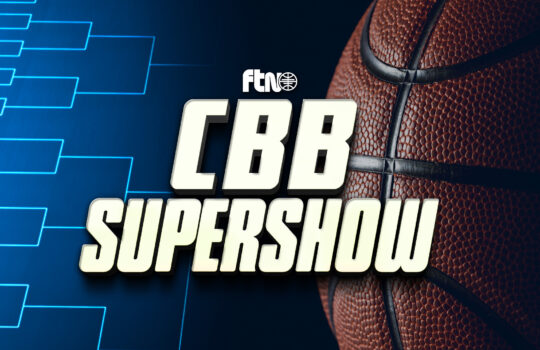

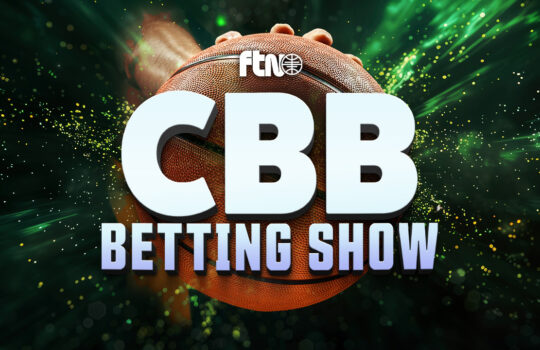





















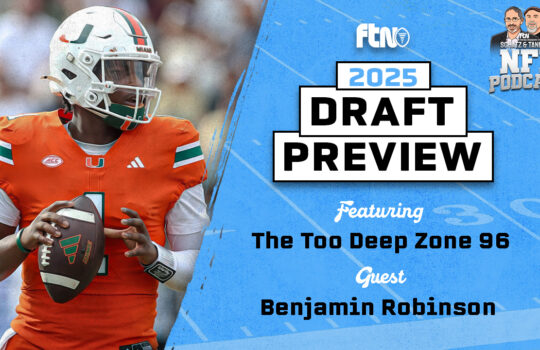
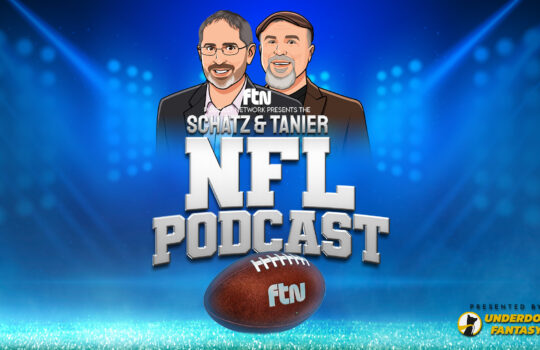



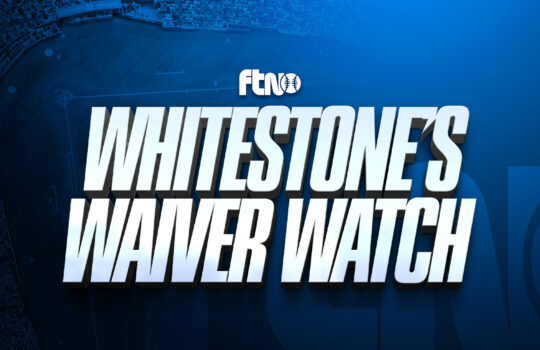

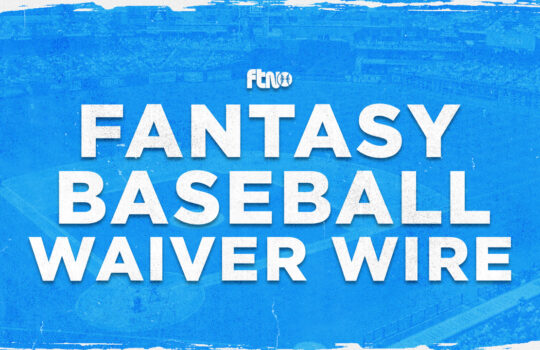

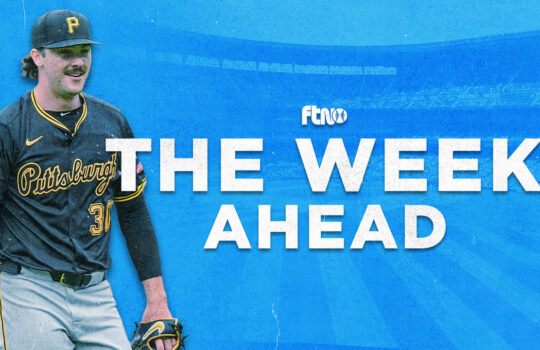

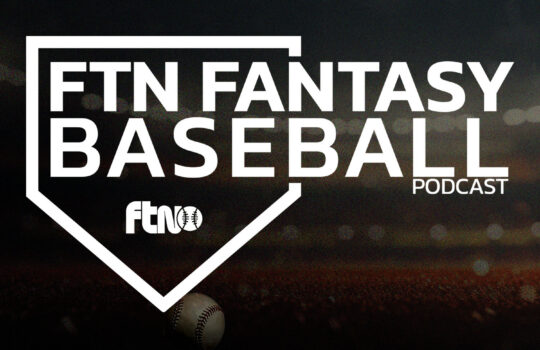

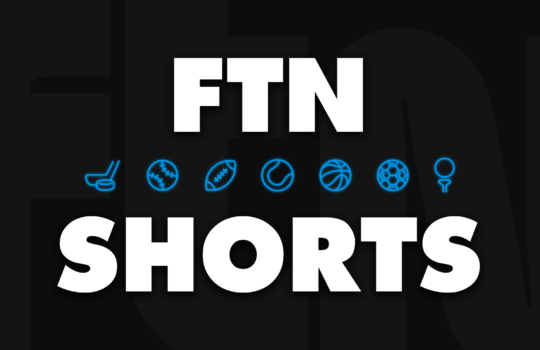
 New York Jets
New York Jets  New England Patriots
New England Patriots 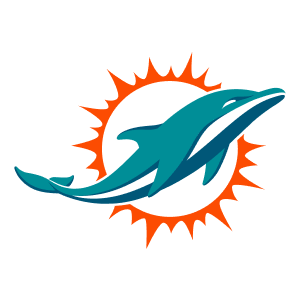 Miami Dolphins
Miami Dolphins  Buffalo Bills
Buffalo Bills  Pittsburgh Steelers
Pittsburgh Steelers  Cleveland Browns
Cleveland Browns  Cincinnati Bengals
Cincinnati Bengals  Baltimore Ravens
Baltimore Ravens 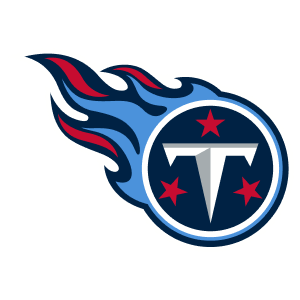 Tennessee Titans
Tennessee Titans  Jacksonville Jaguars
Jacksonville Jaguars  Indianapolis Colts
Indianapolis Colts  Houston Texans
Houston Texans  Las Vegas Raiders
Las Vegas Raiders 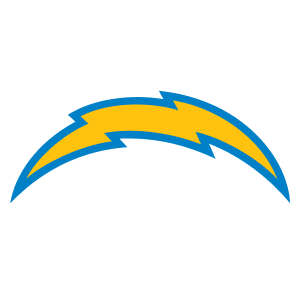 Los Angeles Chargers
Los Angeles Chargers  Kansas City Chiefs
Kansas City Chiefs  Denver Broncos
Denver Broncos  Washington Commanders
Washington Commanders  Philadelphia Eagles
Philadelphia Eagles  New York Giants
New York Giants  Dallas Cowboys
Dallas Cowboys 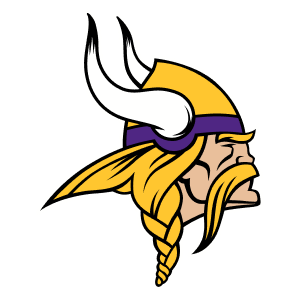 Minnesota Vikings
Minnesota Vikings  Green Bay Packers
Green Bay Packers  Detroit Lions
Detroit Lions 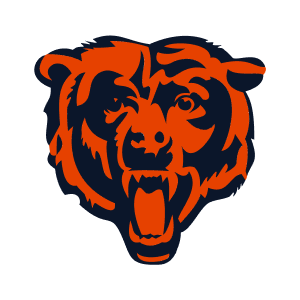 Chicago Bears
Chicago Bears  Tampa Bay Buccaneers
Tampa Bay Buccaneers  New Orleans Saints
New Orleans Saints  Carolina Panthers
Carolina Panthers 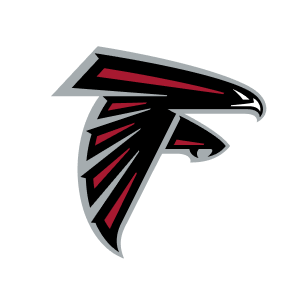 Atlanta Falcons
Atlanta Falcons  San Francisco 49ers
San Francisco 49ers  Seattle Seahawks
Seattle Seahawks  Los Angeles Rams
Los Angeles Rams  Arizona Cardinals
Arizona Cardinals 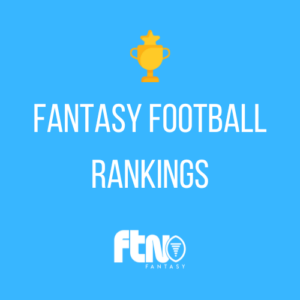
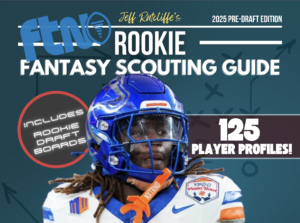
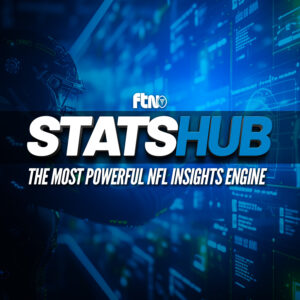

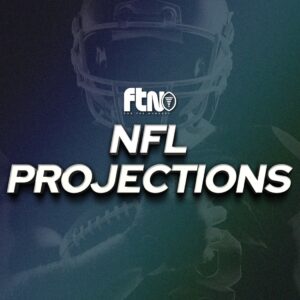


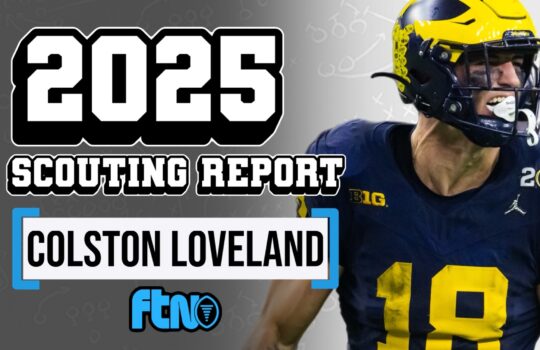


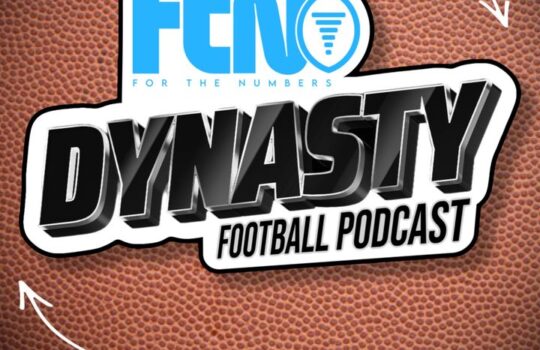
 Boston Celtics
Boston Celtics  Brooklyn Nets
Brooklyn Nets 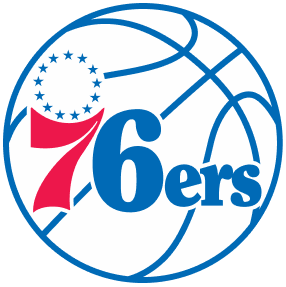 Philadelphia 76ers
Philadelphia 76ers  New York Knicks
New York Knicks  Toronto Raptors
Toronto Raptors  Chicago Bulls
Chicago Bulls  Detroit Pistons
Detroit Pistons  Milwaukee Bucks
Milwaukee Bucks  Cleveland Cavaliers
Cleveland Cavaliers  Indiana Pacers
Indiana Pacers  Orlando Magic
Orlando Magic  Atlanta Hawks
Atlanta Hawks  Charlotte Hornets
Charlotte Hornets  Miami Heat
Miami Heat  Washington Wizards
Washington Wizards  Denver Nuggets
Denver Nuggets  Minnesota Timberwolves
Minnesota Timberwolves  Oklahoma City Thunder
Oklahoma City Thunder  Portland Trail Blazers
Portland Trail Blazers  Utah Jazz
Utah Jazz  LA Clippers
LA Clippers  Golden State Warriors
Golden State Warriors  Los Angeles Lakers
Los Angeles Lakers  Phoenix Suns
Phoenix Suns  Sacramento Kings
Sacramento Kings  Dallas Mavericks
Dallas Mavericks  Houston Rockets
Houston Rockets  Memphis Grizzlies
Memphis Grizzlies  New Orleans Pelicans
New Orleans Pelicans  San Antonio Spurs
San Antonio Spurs 


